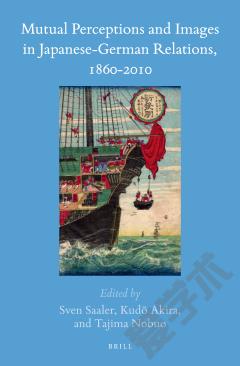Contemporary Sino-Japanese Relations on Screen —— A History, 1989-2005
----- 屏幕上的现代中日关系
Japan and China look back on a history of friendship as well as friction, particularly in recent decades. As the People's Republic of China's economy began to grow in the 1990s, so did its political weight within Asia and its economical relevance for Japan. Covering the years from 1989 to 2005, this book looks at Sino-Japanese relations through film and television drama in the crucial time of China's ascent to an economic superpower in opposition to Japan's own ailing economy. It provides an overview of how Japan views China through its visual media, offers explanations as to how oppositions between the two countries came to exist, and how and why certain myths about China have been conveyed.Griseldis Kirsch argues that the influence of visual media within society cannot be underestimated, nor should their value be lessened by them being perceived as part of 'popular culture'. Drawing on examples from a crucial 16 years in the history of post-war Japan and China, she explores to what extent these media were influenced by the political discourse of their time. In doing so, she adds another layer to the on-going debate on Sino-Japanese relations, bringing together disciplines such as media studies, history and area studies and thus filling a gap in existing research.
{{comment.content}}








 京公网安备 11010802027623号
京公网安备 11010802027623号